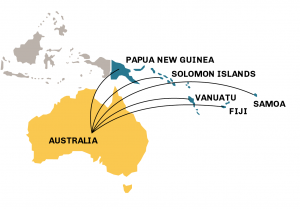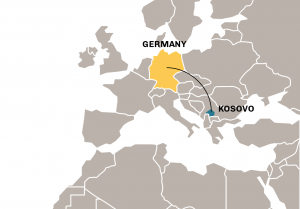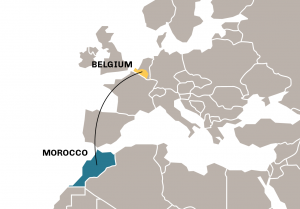Skills mobility partnerships, linking migration and training, are all the rage. This blog gives background on and analyses a new study that quantifies these partnerships’ potential impact to European GDP.
The world is currently at a crossroads. Many high-income countries, such as those in Europe, North America, and across the Pacific Rim are facing the impacts of increasingly aging populations. These impacts, from pressure on pension systems to skills shortages, are threatening economic growth.
At the same time, many low- and middle-income countries throughout Africa, Southeast Asia, the Pacific, and Latin America, are experiencing a “demographic dividend.” Their increasingly educated and skilled working-age populations continue to grow, yet they face high unemployment rates.
Facilitating migration between these regions needs to be part of the answer. But exactly how to design, implement, and manage such mobility has long been the subject of debate. Concerns around “brain drain” in countries have origin have led policymakers and the international community to focus on ways in which migration can have a larger development impact.
Read more on the link below



